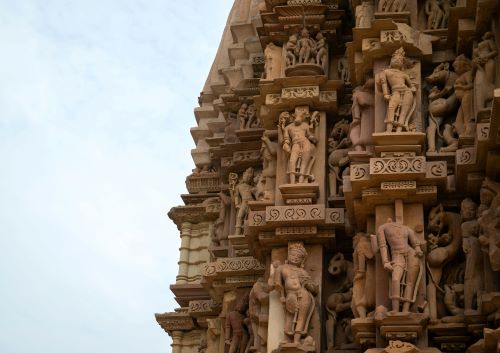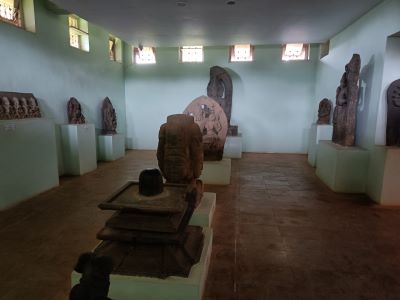
UNESCO World heritage sites of India
World Heritage Sites are landmarks and areas with legal protection by an international convention administered by UNESCO for having cultural, historical, or scientific significance. The “cultural and natural heritage around the world considered to be of outstanding value to humanity”
World Heritage Sites might be ancient ruins or historical structures, buildings, cities] deserts, forests, islands, lakes, monuments, mountains or wilderness areas
The sites are intended for practical conservation for posterity, which otherwise would be subject to risk from human or animal trespassing or negligence. These sites are demarcated by UNESCO as protected zones.
Intangible cultural heritage from India
- Koodiyattam -a performing art from kerala
- Ramlila performing arts from Ramayana
- Ramman festival -It is a festival of the Garhwali people of Saloor Dungra village of Himalayas.
- Cchau dance of westbengal &Odisha
- Kalbelia folk songs and dances of Rajasthan
- Mudiyettu, ritual theatre and dance drama of Kerala
- Buddhist chanting of Ladakh: recitation of sacred Buddhist texts in the trans-Himalayan Ladakh region,
- Sankirtana, ritual singing, drumming and dancing of Manipur
- Thatheras handicrafts of Jandiala Guru, Punjab,
- Naroz festival of Parsi community
- Kumbh mela festival of Ujjain,Haridwar
- Garba dance festival of Gujrat
Tangible cultural heritage of India
A. Natural heritage sites
- Great Himalayan national park,Himachal Pradesh
- Kaziranga national park, Assam
- Keoladeo national park , Rajasthan
- Manas wild life sanctuary, Assam
- Nandadevi &valley of flowers national park, uttaranchal
- Sunderbans national park,West bengal
- Western ghats , Kerala, south India
B. Man made Heritage sites
- Agra fort Uttar pradesh
- Ajanta caves Maharashtra
- Sanchi buddhist monuments Madhyapradesh
- Champaner-pavhadh archeological park,Gujrat
- Chatrapathi Shivaji terminal Maharashtra
- Elephanta caves Maharashtra
- Ellora caves Maharashtra
- Goa churches Goa
- Fatehpur Sikri Uttar pradesh
- Great living Chola temples Tamilnadu
- Monuments at Hampi Karnataka
- Monuments of Mahabhalipuram Tamilnadu
- Monuments at Pattadakkal karnataka
- Hill fort at Rajasthan Rajasthan
- Humayon’ s tomb Delhi
- Monuments of Khajuraho Madhyapradesh
- Maha bodhi temple complex Bodh gaya Bihar
- Mountain railways of India Westbengal
- Qutb minar Delhi
- Rani-ki-vav stepwell Gujrat
- Red fort complex New Delhi
- Rockshelters of Bimbetka Madhyapradesh
- Sun temple konark
- Taj mahal Uttar pradesh
- Jantar mantar Jaipur Rajasthan
- Nalanda university Bihar
- Architectural work of Le corbuster Chandigarh
- Historic city of Ahmedbad Gujarat
- Victorian,gothic and art ensembles of Mumbai Maharashtra
- Jaipur city Rajasthan
C. Mixed type
- Khangchendzonga National Park sikkim




